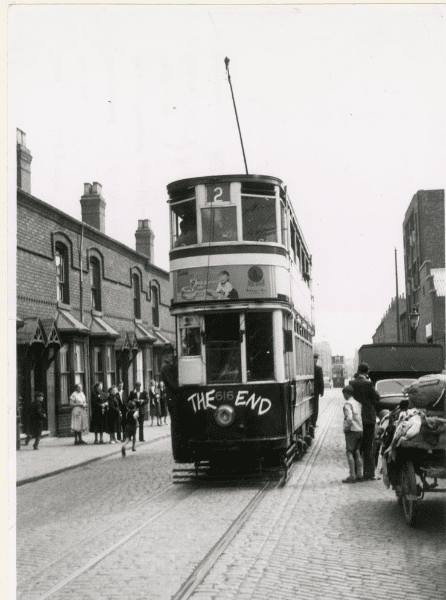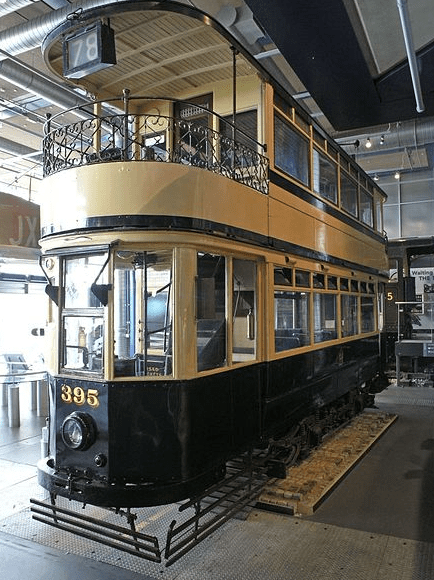As the motor industry developed, mankind tried to find the best options for moving around the city. In the 21st century, trams aren’t the most demanded mode of transportation because they are slow. However, those vehicles were incredibly popular in the last century because of the shortage of buses and unaffordable taxi fares. Learn more at birmingham-future.
The first tracks
Birmingham heard the first tram ring in 1872. The number of railcars was too small for the whole city. However, the network was expanding rapidly and the trams themselves changed too. The first such vehicles were powered either by steam or horsepower. The first electric trams appeared on the streets of Birmingham only in 1901.
In 1870, the city adopted the Tramways Act. According to it, the maintenance of all tramways was under the authority of Birmingham Corporation Tramways (BCT). But there was a strange nuance in the law. Although the Birmingham Corporation owned trams and tracks, it couldn’t use them independently. The corporation only rented them out to other small companies.
The regulations changed in 1904, and after the contracts expired, the Birmingham Corporation got the opportunity to operate the trams independently.

When the city borders began to expand, the tramway network spread too. In 1912, the BCT managed to lay new tracks to the Black Country (the Midlands area). The expansion of tram routes was completed in 1928. The last one was the route to Stechford.
Dangerous competitor
More modern types of transport replaced the older ones. Aeroplanes replaced ships, cars replaced horse-drawn carriages and trolleybuses replaced trams. This irreversible process began in Birmingham in the 1930s. Old tramways were replaced by trolley lines. At that time, it was considered an economically advantageous option. In 1937, the BCT changed its name to Birmingham City Transport. Their property began to include not only trams but also trolleybuses and buses.
Trolleybuses finally replaced trams in 1947 and the tram routes began to close. The last lines were Short Heath, Pype Hayes and Erdington. They were closed in 1953. There were no trams in Birmingham for the next 62 years. They were launched again only in 2015.
Intercity lines
Trams were once replaced by more convenient types of urban transport. Still, they were revived for tourists. In addition to the BCT, there were other public transport corporations in Birmingham. The West Midlands Metro network is the light-rail and tram system in West Midlands. It used to have 33 branches, but there is only one in 2023. It connects Birmingham and Wolverhampton. The tram line runs through West Bromwich, Wednesbury and Bilston, connecting city routes and old railways. This gives tourists an affordable option for sightseeing in Birmingham and its surroundings.

The West Midlands Metro started using the old Snow Hill railway station. They launched their trams in 1999. Since 2015, the line has served the central part of Birmingham. In 2022, they made new termini in Edgbaston Village and Wolverhampton. The last expansion took place on September 17, 2023.
Even though the number of trams has decreased, they haven’t been completely abandoned. The routes were made longer and wider, which allowed citizens to navigate the city without switching lines. In addition, the West Midlands Metro planned to build other branches. The decision was made back in 2019, but the deadlines were constantly postponed. As of 2022, construction hasn’t ended yet. In 2024, construction work is actively underway along Curzon Street. Thus, Birmingham is trying to restore the former glory of its tram system, which was the fourth-largest in England at one time.